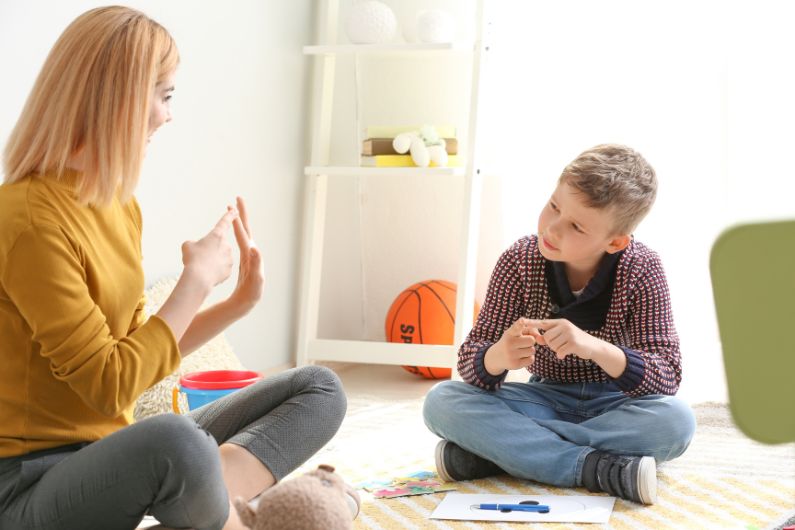Most parents expect some whining, or even crying, when it’s time to leave the park, stop playing video games, or get in the car for a checkup. Those parents may never have experienced the full-blown meltdown that parents of autistic children regularly confront.
Kids with autism have trouble with ending one activity and starting another. Transitions, like getting up and dressed in the morning or switching from one classroom to another, can be tough for autistic children. Here are some ways to help autistic children with transitions.
Why Do Autistic Kids Have Trouble With Transitions?
According to Psychology Today, autistic brains are capable of deep focus. Kids with autism can become so involved in what they’re doing that they screen everything else out. This means that interruptions requiring an autistic person to switch from one activity to another could be upsetting. It takes far more energy and determination for an autistic child to make that switch than it does for a neurotypical child.
Executive function, or the ability of the brain to make nuanced decisions and parcel out brain activity to various actions, is different in autistic people. That’s why it’s so hard for an autistic person to suddenly stop what they’re doing and turn their attention to something else. So, how do you help autistic children with transitions?
Create a Consistent Schedule With Visual Supports
Most autistic people crave routine and predictability. Anticipating stress levels of a transition and knowing what’s coming next is comforting.
Create a daily visual schedule with your child. Use pictures to show the child what they can expect to do (“this, then that”) at specified times during the day.
10-Minute, 5-Minute, and 2-Minute Warnings
Because of the unique and often wonderful differences in their brains, autistic people need more time to switch from one activity or place to another. Gently give your child a 10-minute warning. Repeat “There are five minutes until…” whatever the next activity is, and do it again at the two-minute mark.
This helps children ease from one activity to the next, and also helps them get a better sense of the passage of time. Anyone who has experienced “flow” while working on a project or hobby they love understands how easy it is to lose track of time. Imagine having a brain that achieves that feeling with nearly everything you do—that’s what some autistic people are up against when they must complete activities within a specified time.
Offer Intermediate Sensory Breaks
Transitioning can be easier if it is associated with a pleasurable activity to serve as a bridge from one activity to the next. We recommend adding sensory play to the daily routine. Sensory play can feed the need for sensory input or provide relief from it. It can calm a child when they must accede to a demand and stop doing that and start doing this. Use a favorite toy to help.
Many parents instinctively figure out other ways to help an autistic child with transitions. Occupational therapists can help with additional suggestions.



Connect With Me !